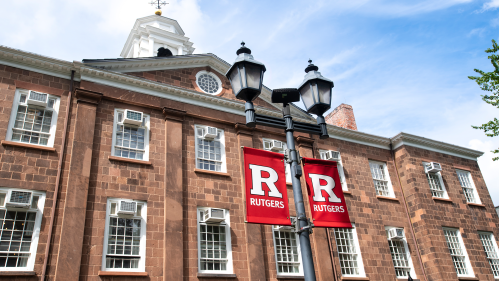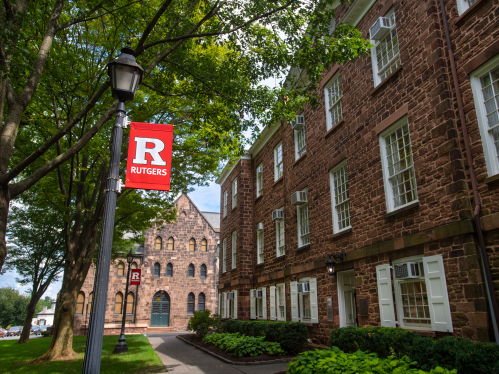Governing Boards of the University

Governing Boards of the University
Rutgers University is governed by a Board of Governors composed of 15 voting members vested generally with the government, control, conduct, management, and administration of the university. Rutgers also has an advisory Board of Trustees of 41 voting members empowered with certain fiduciary responsibilities over assets of the university in existence before 1956. The university president is a nonvoting, ex-officio member of both boards.
Historically, the Board of Trustees was the governing body of the university from the time of its founding as Queen's College in 1766 until the university was reorganized under Chapter 61, Laws of 1956. The 1956 state law created a Board of Governors as the governing body of the university. It also provided for the continuation of the Board of Trustees in an advisory capacity, with certain fiduciary responsibilities over assets of the university in existence before 1956.
The Office of the Secretary of the University
The Office of the Secretary of the University supports the university’s Board of Governors and Board of Trustees. In addition, this office coordinates Commencement for Rutgers–New Brunswick and Rutgers Health and the honorary degree process. Secretary of the University Kimberlee M. Pastva, Esq. also serves as corporate secretary of the university.

Scarlet Promise Endowment
In June of 2019, the Board of Trustees committed to raising $3 million for an endowment that would provide need-based financial aid to students in perpetuity through the Scarlet Promise Endowment. In 2020, Scarlet Promise Grants provided $17.2 million in need-based financial aid and $12 million in short-term emergency assistance.
